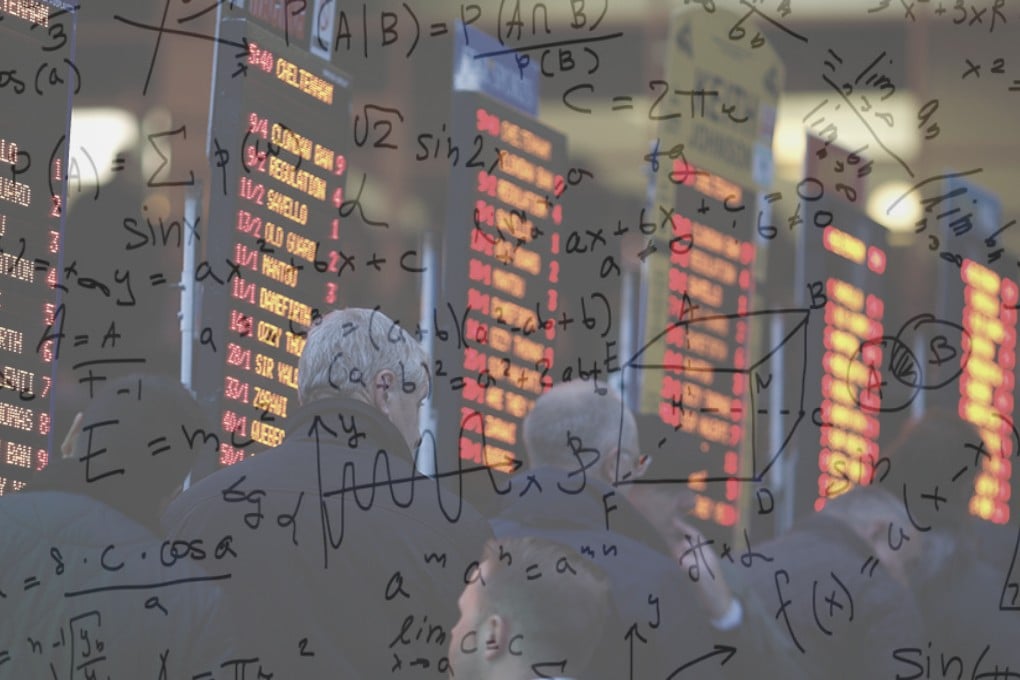Are you new to betting and want to understand how betting odds work?
If you’re trying to understand the logic behind betting odds this video is the solution.
This is exactly how you should be thinking when viewing betting odds…
Check out the video below:
Understanding Math Behind Betting Odds
Bookmakers don’t predict the winner to make their money, and if you understand why you’ll quickly understand how betting odds work. The structure is always the same.
“Betting odds work by reflecting the implied chance of an outcome in monetary terms inclusive of the operator’s margin.”
Let’s think about that. It doesn’t matter what sport or event you’re betting on. Betting odds come down to two things:
- Probability
- Bookmaker margin, or overround
Take a football game for example. We have three outcomes and they are all even. They all have a 33.3% chance of winning or 2/1 in betting odds terms. But the bookmaker won’t offer 2/1 on all the outcomes because they want to make a profit. They do this by taking a margin and increasing the overround.
So let’s say they offer 7/4 on all three outcomes. An implied chance of 36.4%. Add 36.4% together three times and you get 109.2% – so the bookmaker’s margin is 9.2%. That means if they take the same amount of bets (stakes) on each outcome; they take 9.2% profit no matter what happens.
Let’s look at an easy example. If the overround was 100% and the three outcomes were 2/1, and we placed £100 on each we would win £200 from the winning bet and lose £100 twice from the two losing bets. Meaning out total is £0.
But if the three outcomes were 7/4 then we would win £175 from the winning bet and still lose £100 twice. Meaning we would have a £25 loss. That loss is the bookmakers profit, so imagine everyone betting on different outcomes and the bookmaker winning no matter what the result is because of a margin!
How To Win Betting On Sports
Now that you understand how betting odds work and the logic behind betting odds with bookmakers, it will make it easier to understand how to win when betting on sports.
The answer is easy. You have to bet on odds that are greater than the implied probability of the outcome occurring.
It really is that simple. However, putting it into practice is the hard bit. But understanding the logic is easy. Most punters will back a football team or horse because they think it will win, but that’s the wrong way of looking at it. You have to think what is the percentage chance of that outcome happening versus what odds you are getting.
Let’s look at an easy example. A coin flip has a true implied chance of 50% heads and 50% tails. If you flip the coin 1,000 times in theory it should be 500 heads and 500 tails. This is where odds, and value, come into play.
Assume you’re getting 2.1 on heads, if we have the same outcome you will make a profit because you are getting 0.1 of value on each winner. If the coin was heads 500 and tails 500 times and you put £1 on each time, you would have £50 profit because of the odds.
The very same logic has to be applied to sports betting. When you back heads at 2.1 (47.6% chance) and its true probability is 2.0 (50% chance), you are getting 2.4% of the value. If you’re backing a horse at 4/1 (20% chance) and you give the horse a 25% implied chance of winning (3/1), you are getting 5% of the value.
This is why everyone debates what is “value” in betting terms. Because value is in the eye of the beholder! One man might think a horse has a great chance and another might think it has no chance. That is why we have winning punters and losing punters. The winning punters aren’t the best at picking winners, they are the best at picking outcomes that have a greater probability of occurring than the betting odds suggest.
Recommended: 5 Matched Betting Tips

